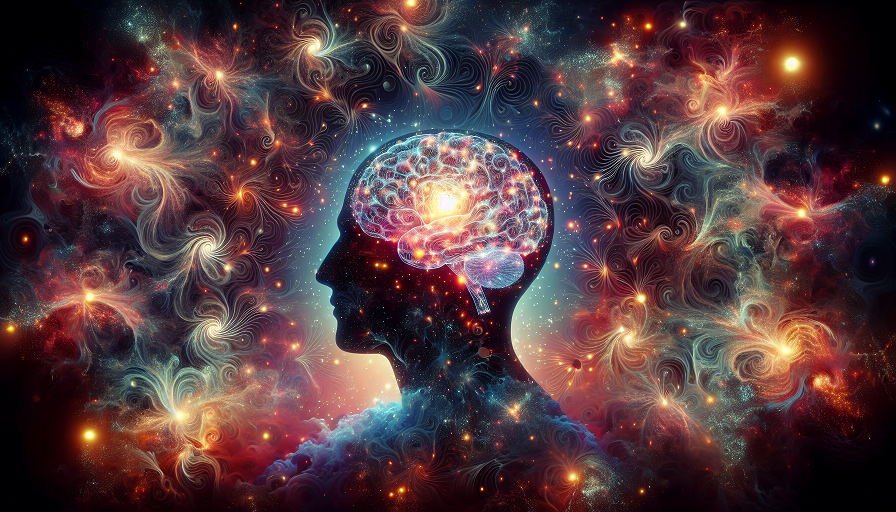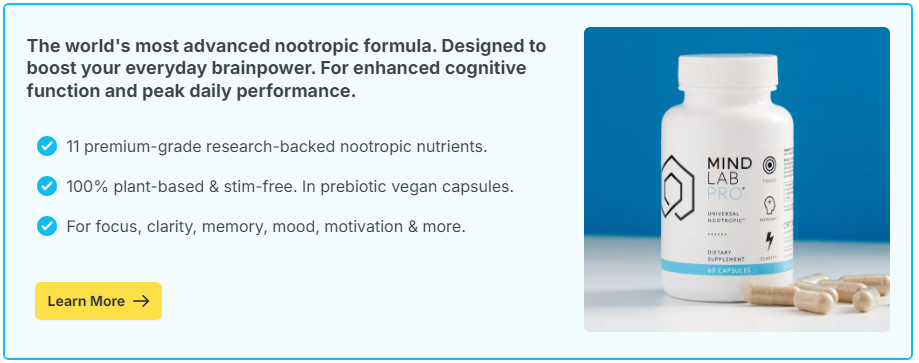
There’s nothing quite like the paralysis of a creative block—especially when deadlines loom and the footage is staring back at you like a blank wall. For filmmakers and editors, creativity isn’t just a nice-to-have; it’s the lifeblood of the work. Whether you’re scripting scenes, directing shots, or cutting together a story in the editing suite, your brain is constantly solving visual and emotional puzzles. When that process grinds to a halt, frustration builds fast. The good news? Brain supplements—often called nootropics—may offer a way to support mental clarity, reduce stress, and gently nudge your creativity back into motion.
Contents
- Understanding Creative Block in Visual Storytelling
- How Brain Supplements Support Creative Recovery
- Nootropics That May Unlock Creative Flow
- Rebooting the Brain: A Sample Creativity Stack
- Real-Life Story: Getting Past the Timeline Fog
- Best Practices for Creative Professionals Using Nootropics
- Supporting the Mind That Tells the Story
Understanding Creative Block in Visual Storytelling
Filmmaking and editing are deeply creative, but they’re also intensely technical and decision-heavy. That blend often leads to mental fatigue—and when the brain is overloaded, creativity tends to short-circuit. Unlike burnout, which is full-on exhaustion, a creative block is more like an idling engine: energy is there, but ideas stall out.
Why Creative Blocks Happen
- Cognitive Overload: Too many moving parts—timelines, edits, logistics—can crowd out imaginative thinking.
- Emotional Stress: Pressure from clients, producers, or internal perfectionism can kill the flow state.
- Fatigue: Long nights in post-production or relentless shoots wear down mental stamina and problem-solving ability.
- Low Dopamine: A neurochemical slump can sap motivation and reduce the “spark” of novel ideas.
- Routine Rigidity: Repetitive workflows can numb creative flexibility, especially in deadline-driven environments.
Getting back into the zone requires more than just waiting it out—it often involves recalibrating your brain chemistry and mental rhythm. That’s where certain nootropics may offer real-world help.
How Brain Supplements Support Creative Recovery
While no pill can replace inspiration, some nootropics can help set the stage for it. The right brain supplements support neurotransmitters involved in creativity, reduce cognitive noise, and help restore the relaxed focus often needed for breakthrough thinking.
Core Cognitive Goals During Creative Work
- Clarity: The ability to visualize and organize abstract ideas clearly and efficiently.
- Flexibility: Moving fluidly between perspectives, especially when trying new edits or reworking story arcs.
- Focus: Staying engaged in long sessions without being derailed by distractions or self-doubt.
- Mood Regulation: Maintaining emotional balance when work feels stagnant or frustrating.
By tuning the brain’s chemistry and supporting key pathways involved in imagination and decision-making, nootropics can become trusted companions in a creator’s toolkit—not as shortcuts, but as cognitive scaffolding.
Nootropics That May Unlock Creative Flow
Some brain supplements are known for their energizing effects, others for calm focus or emotional grounding. For filmmakers and editors, the best options are those that support relaxed alertness and open the door to novel ideas without overstimulation.
Top Nootropics for Creative Professionals
- L-Theanine: Encourages alpha brainwave activity, promoting a calm, creative mindset. Works well when paired with caffeine for alert but grounded energy.
- Uridine Monophosphate: Enhances synaptic plasticity and supports dopamine function. May help connect disparate ideas and restore creative momentum.
- Rhodiola Rosea: Fights fatigue and stress, improving mental endurance during long editing sessions or stressful production days.
- Bacopa Monnieri: Supports memory, learning, and mental clarity—ideal for problem-solving during complex storytelling tasks.
- Lion’s Mane Mushroom: Encourages neurogenesis and may enhance visual imagination and long-term creative resilience.
These supplements work best when paired with structured breaks, creative rituals, or low-pressure exploration time, making it easier to ease back into flow.
Rebooting the Brain: A Sample Creativity Stack
Different parts of the creative process require different cognitive states. Planning a shoot may call for logical structuring, while editing a scene may demand emotional nuance and flow. A customized nootropic routine can support these phases in a balanced way.
Sample Routine to Support Creative Output
- Morning (Conceptual work or problem-solving): 250mg Uridine Monophosphate, 100mg Caffeine + 200mg L-Theanine, 300mg Bacopa Monnieri
- Afternoon (Execution, editing, or repetitive tasks): 300mg Rhodiola Rosea, optional 500mg Lion’s Mane Mushroom
- Evening (Recovery and reset): Magnesium Glycinate, Ashwagandha, and journaling to promote neurochemical balance and emotional release
This schedule emphasizes creative thinking in the morning, sustained focus in the afternoon, and restorative habits in the evening—creating a full cognitive cycle that fuels long-term productivity.
Real-Life Story: Getting Past the Timeline Fog
Jenna, a freelance video editor, hit a wall midway through a wedding film project. Her timeline was cluttered, her mind foggy, and she felt creatively tapped out. After adding L-Theanine and Rhodiola to her morning routine, she noticed a shift. Her mind felt clearer, and she was able to organize her edits more fluidly. Adding Lion’s Mane after lunch helped spark new transitions and color grading choices that felt fresh and aligned with the couple’s story.
Jenna didn’t work longer—she worked better. Her project turned around, and she started applying the same supplement habits to other client work, with consistent improvements in focus and creative problem-solving.
Best Practices for Creative Professionals Using Nootropics
Brain supplements are most effective when used with intention. The goal isn’t to “force” creativity, but to support the brain in returning to its natural imaginative rhythm.
How to Integrate Smart Supplements Into Creative Work
- Start with one supplement: Notice how it affects your focus, mood, and workflow before stacking.
- Create without pressure: Use nootropic support during non-deadline moments to rediscover flow without the stress.
- Journal your process: Track what triggers breakthroughs, and how certain supplements align with those conditions.
- Stay hydrated and nourished: Creativity relies on more than chemicals—your brain needs fuel, too.
Used thoughtfully, nootropics can be part of a sustainable creative practice—helping you meet inspiration halfway instead of chasing it down.
Supporting the Mind That Tells the Story
Creative blocks aren’t flaws—they’re signals. They tell us when the brain is tired, overwhelmed, or in need of a reset. Nootropics can be part of that reset, offering gentle nudges toward clarity, energy, and creative flow. For filmmakers and editors tasked with shaping visual stories under tight timelines, that kind of mental support can be the difference between a stalled timeline and a finished masterpiece.
With the right combination of supplements, structure, and creative trust, you don’t have to wait for the muse—you can build the mental space she loves to visit.

